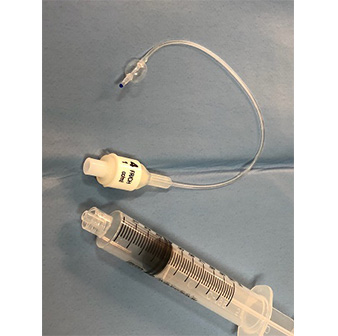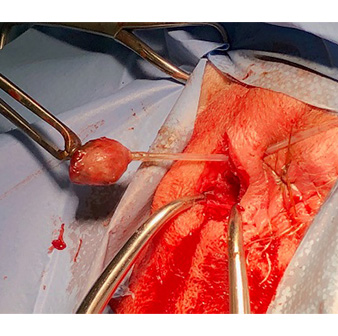Open 7 days
- Mon - Fri 8am-8pm
- Sat 8am-12pm
- Sun 8am-12pm
After hours veterinary care
After hours veterinary care
Dogs with impacted anal sacs often scoot, which means they rub their anus along the carpet. This needs to be differentiated from worms and pruritis of the perineum which may occur with food allergy or canine atopic dermatitis.
In fact, allergies cause inflammation, swelling, thickening and scarring of the perianal skin and allergies are often the underlying cause for anal sac impaction and subsequent disease. The underlying allergy needs to be addressed. It is often that anal sacs are removed because of scooting yet the scooting persists due to perianal pruritis i.e. an itchy bottom.
If the duct of the anal sac becomes blocked or occluded, the anal sac will fill up with the anal sac secretions that is produced from apocrine glands lining the sac. The stagnant secretion will become thickened. Normal anal sac secretion is like cooking oil. The stagnant thickened material in an impacted anal sac is like mud.
The location of the anal sac duct next to the anus means that anal sacs contain bacteria. If the duct becomes obstructed then there is a high chance of infection and abscessation.
The gland enlarges and ruptures like a burst balloon below the skin. This creates an immediate inflammatory reaction in the tissue around the anal sac. Often the swelling builds up overnight or through the day to create a large purple and painful swelling that seemingly appeared acutely. It is often very painful to touch and the poor dog is in a lot of discomfort.
The anal sac manifests as a large red/purple swelling next to the anus that is very painful.
This frequently bursts leaving a hole with discharging purulent material of blood and pus from the sinus.
It is recommended that the abscess is surgically debrided and that the ruptured anal sac is removed to prevent ongoing abscessation, discharging sinuses, non healing wounds and perianal furunculosis in some breeds such as German Shepherds in particular.
The opportunity exists to remove the other anal sac at the same time. When an anal sac abscess develops, it is usual for the other anal sac on the other side to develop an abscess as well. This may be a week, a month or several years in the future but it seems to invariably happen to the other side. At Treendale Pet Medical, we offer to remove the other anal sac at the time of surgery.
At Treendale Pet Medical we are now using a balloon catheter to remove anal sacs. This enables us to accurately palpate the anal sac for very gentle dissection to prevent damage to the anal sphincter, the rectum and the nerves that run in this area controlling anal sphincter tone.
A common side effect of anal sacculectomy is damage to the innervation (nerves) that control tightening of the anal sphincter. If an animal is unable to tighten the sphincter, this causes faecal incontinence.
We use a balloon catheter for accurate and precise dissection to prevent unnecessary damage

Anal sac catheter with balloon tip.
The catheter is inserted into the duct and down into the sac where it is inflated. This can no longer pull out and makes it much easier to locate the anal sac buried deep in the subcutaneous tissue. It is easily located.
The balloon catheter enables very accurate and gentle dissection minimising damage and post operative pain and swelling from excessive trauma.

The fully dissected anal sac is pictured. Notice the small hole and minimal trauma from accurate dissection.
The patient will generally have a course of antibiotics post operatively.
Anal sacculectomy and anal sac abscess surgery is a procedure we offer at Treendale Pet Medical.
Dr Rob Hill BVSc BSc MANZCVS CMAVA is a member of the Australian and NZ College of Veterinary Scientists in surgery and is a chartered member of the Australian Veterinary Association.
Social distancing is easy for pets and people in our spacious waiting areas.



